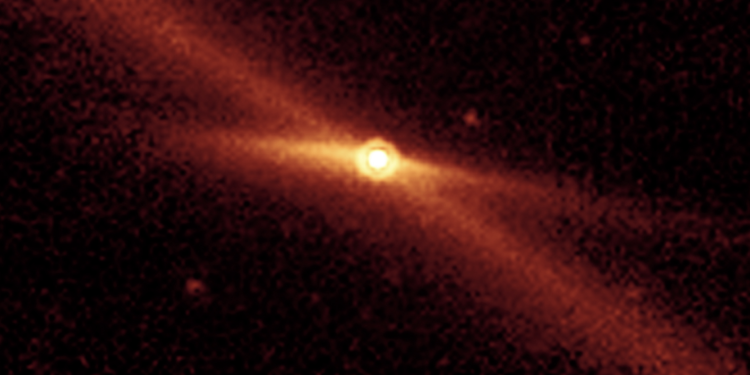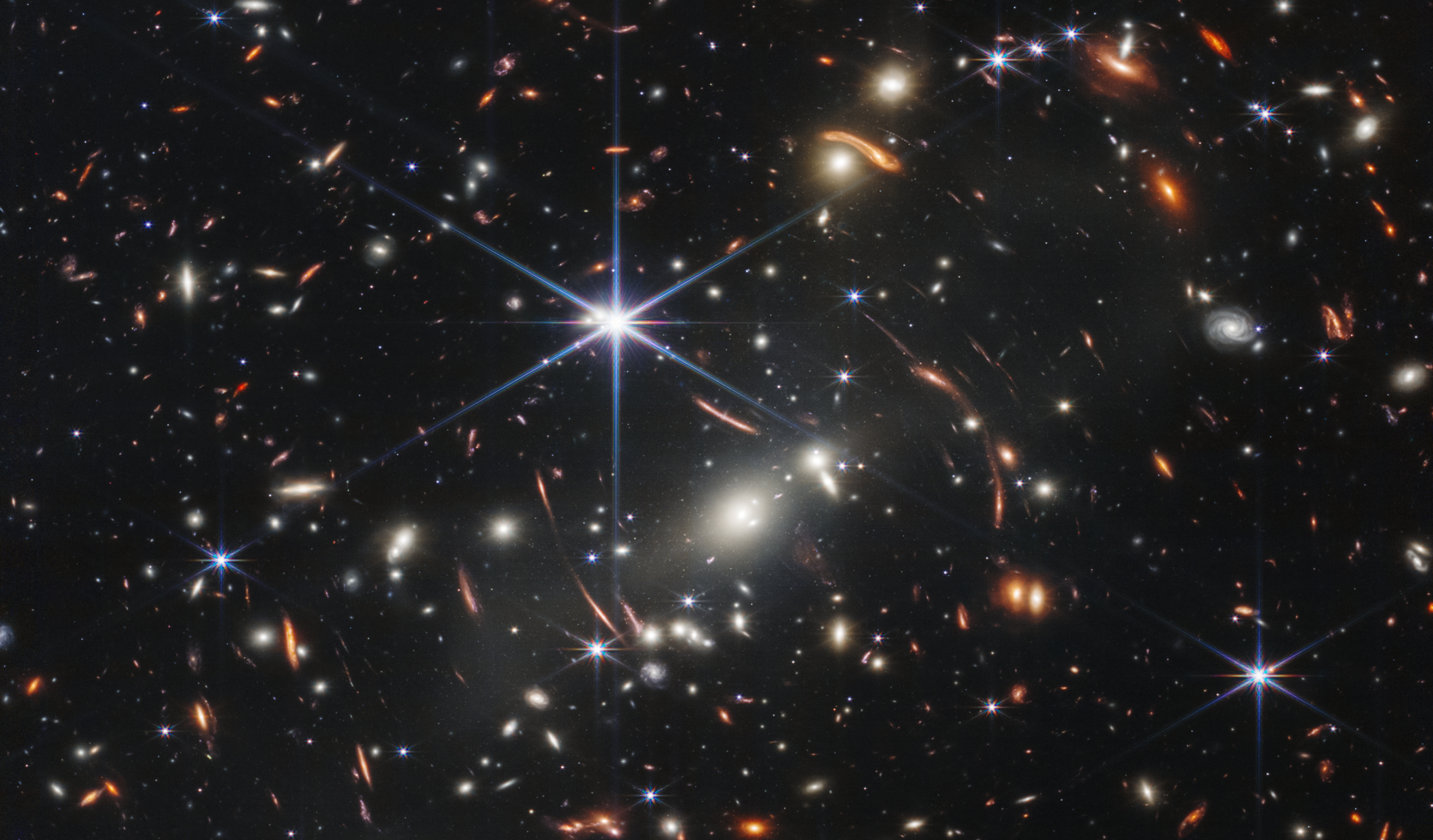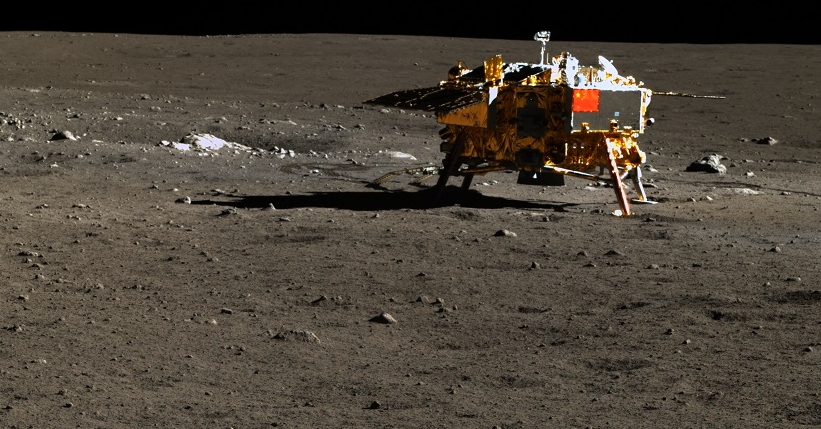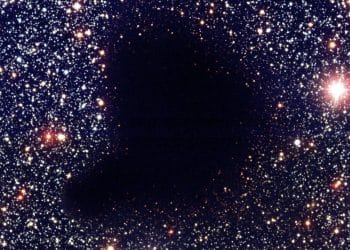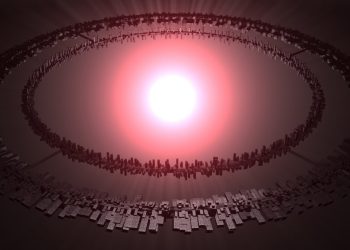Astronomers have provided some good news about a previously feared group of asteroids: there are fewer potentially dangerous asteroids in this cluster than once thought.
Research Reveals Lower Threat from Taurid Asteroids
Using advanced sky survey techniques with the Zwicky Transient Facility (ZTF) telescope, a team of researchers from the University of Maryland has reassessed a region of space debris known as the Taurid swarm, a cluster of cosmic remnants that occasionally drifts near Earth. The team’s findings have now allayed fears about a potential ‘doomsday’ asteroid lurking within this group.
The Taurids, which are visible as bright meteor showers in October and November, have long intrigued scientists due to the possibility of large, hazardous asteroids hiding within them. However, new evidence indicates that the dangers posed by these objects are much lower than previously believed.
The Findings: Fewer Large Asteroids
This research, presented at the American Astronomical Society’s Division for Planetary Sciences annual meeting on October 7, 2024, brought promising news for planetary defense. According to the study’s lead, Quanzhi Ye, an assistant research scientist in UMD’s Department of Astronomy, their findings reveal that only a small number of large asteroids are present in the Taurid swarm.
“We capitalized on a rare moment when this swarm passed closer to Earth, allowing us to better search for potentially threatening asteroids,” said Ye. “What we found was that the risk of a large asteroid impact is far smaller than we thought, which is a huge relief.”
Prior to this study, astronomers speculated that the Taurid swarm could contain kilometer-sized asteroids capable of causing significant damage to Earth. Some even feared that one of these objects could create a regional disaster similar to the Chelyabinsk event in 2013, which injured over 1,600 people.
Smaller Parent Object than Expected
Ye and his team now estimate that the Taurid swarm contains only a handful of asteroids large enough to cause damage, perhaps as few as nine to fourteen. This suggests that the parent object responsible for the creation of the swarm was likely much smaller—around 10 kilometers in diameter, instead of the previously speculated 100 kilometers.
“We still need to monitor asteroid impacts closely, but this data means we can rest easier knowing these results,” Ye explained.
Implications for Planetary Defense and Evolution
While this discovery is reassuring, it also carries significant implications for our understanding of planetary evolution. The Taurid swarm is believed to be a byproduct of the comet Encke, which has one of the shortest known orbital periods, completing its journey around the sun in just 3.3 years. Scientists believe that Encke may have fragmented in the past, creating the Taurid swarm, and could continue to break apart in the future.
“Studying how small bodies like comets and asteroids evolve over time is essential for both planetary defense and broader solar system science,” Ye added.
Future Observations Planned
The research team plans to continue observing the Taurid swarm in the future, as it is set to pass near Earth again in 2025 and 2026. These upcoming opportunities will allow scientists to refine their findings and ensure that any potential threats from near-Earth objects are carefully monitored.
“We’re excited to continue this important work and expect to learn even more in the years ahead,” Ye concluded.



